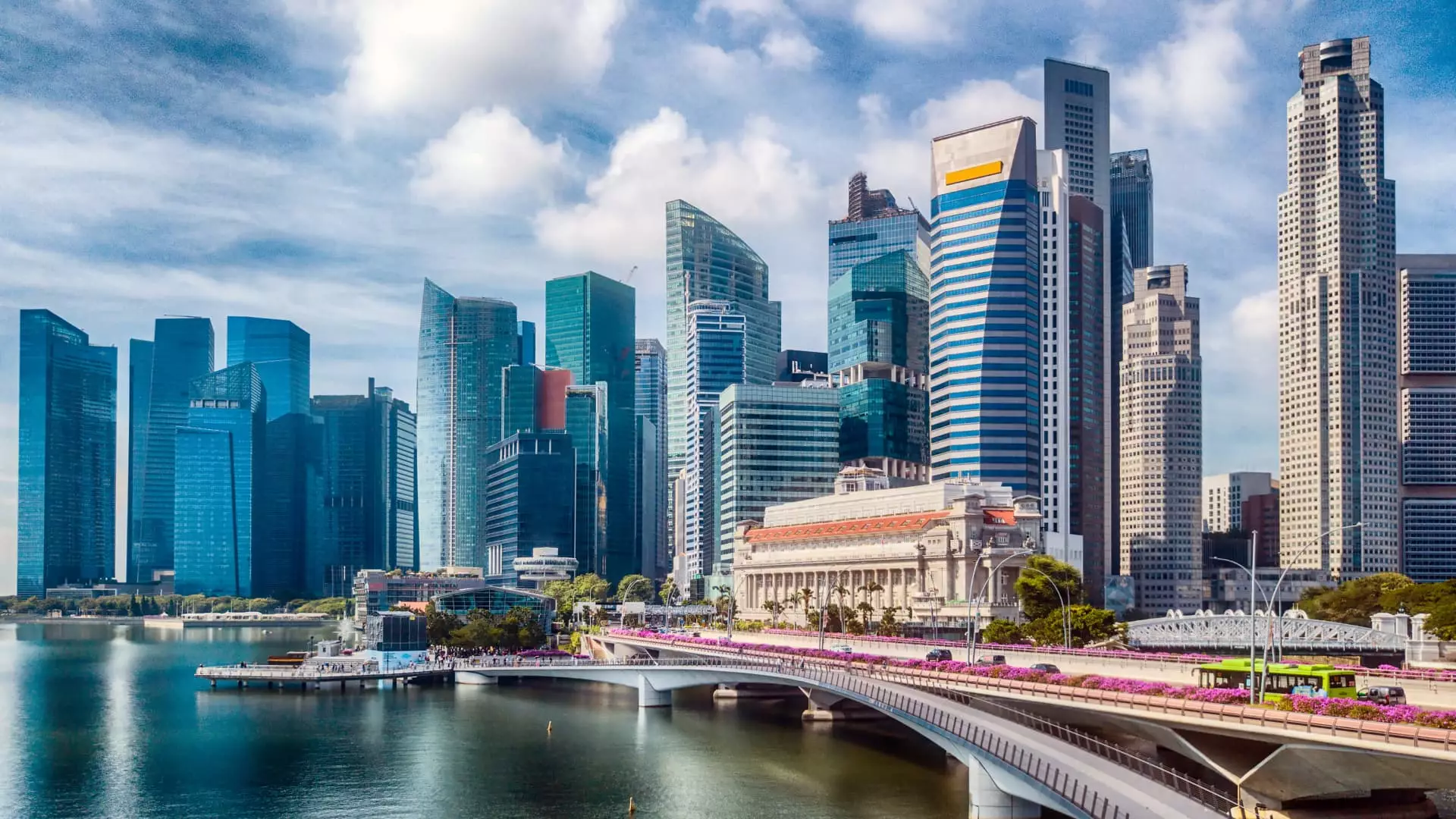In recent years, the travel landscape has undergone a profound transformation, particularly in its approach to tourism. Traditional strategies that solely focus on attracting more visitors are becoming less viable, especially for destinations like Singapore. The city-state, famed for its towering skyscrapers and vibrant multicultural tapestry, is crafting an innovative model designed not just to increase foot traffic but to amass revenue in a calculated way. The newly introduced “Tourism 2040” strategy aims to redefine the tourist experience, shifting the focus from sheer numbers of visitors to revenue generation, creating a robust framework for sustainable growth.
Targeting High-Value Segments
Central to Singapore’s tourism strategy is the identification and targeting of high-value demographics—specifically business travelers and stopover tourists. Grace Fu, the Minister for Sustainability and the Environment, emphasized that these travelers represent a lucrative market that stands to benefit the local economy significantly. The plan calls for a substantial increase in the revenue generated by MICE (Meetings, Incentives, Conferences, and Exhibitions) travelers, who are known to spend double what leisure tourists typically do. This keen focus on wealthier clientele not only promises a more prosperous tourism sector but also fosters a stronger connection to industries that can elevate Singapore’s global standing.
Fu’s remarks highlight the impressive potential of the MICE sector, projected to double in value within the next decade. With an ambitious goal of tripling MICE revenue, the government is laying out plans for developing a modern center tailored for conventions and conferences in the heart of Singapore. This initiative signals a strategic pivot that recognizes not just the economic contributions of such visitors but also their role in establishing Singapore as a premier global business hub.
Building Infrastructure for the Future
The potential of Changi Airport, the city’s gateway to the world, cannot be overstated in this tourism renaissance. The forthcoming Terminal 5, with its vast expansion capabilities, will significantly enhance passenger capacity, accommodating up to 140 million travelers annually by the mid-2030s. Recognizing that a substantial portion of the airport’s traffic stems from transit and stopover passengers, the new terminal is set to revolutionize the travel experience in Singapore, ultimately injecting a greater flow of visitors and revenue into the local economy.
Melissa Ow, CEO of the Singapore Tourism Board, underlines the importance of this development, noting that it could reshape the very fabric of Singapore’s tourism landscape. The enhanced facility will not only facilitate easier transit but could also transform the airport itself into a vibrant hub that encourages longer layovers and spending.
Captivating Leisure Travelers with Unique Attractions
While business and stopover travelers are crucial, Singapore remains steadfast in its commitment to attracting leisure travelers as well. In a landscape crowded with budget destinations across Southeast Asia, maintaining a competitive edge requires continual innovation in tourist offerings. New attractions are on the horizon, such as the much-anticipated Singapore Oceanarium and notable experiences like the Porsche Experience Center. Each addition is designed not only to pull in tourists but to create unforgettable memories that compel repeat visits.
The city-state is also strategically engaging in the booming wellness tourism sector. By capitalizing on its unique identity as a “city in nature,” Singapore’s government is identifying ways to cater to well-being and longevity, recognizing these areas as essential to encouraging visitor spend and fostering a sense of community and holistic health among tourists.
Leveraging Global Events for Economic Gain
Recent events illustrate Singapore’s adeptness at capitalizing on high-profile entertainment to bolster tourism revenue. The city-state achieved a remarkable tourism boost through concerts like Taylor Swift’s Eras Tour, which showcased Singapore’s capacity to host large-scale events that draw visitors from across the globe. As Ow noted, the tourism board is focusing its efforts on securing world-class sports, lifestyle, and music events to enhance Singapore’s appeal and keep its cultural scene vibrant.
Emerging attractions such as a new theater at Gardens by the Bay and a state-of-the-art arena at Marina Bay Sands signify the city’s readiness to host more cultural and sports happenings. Moreover, initiatives targeting younger demographics, such as the NBA Rising Stars Invitational, are set to diversify the tourist experience and elevate Singapore’s standing as a hub for youth engagement.
Looking Ahead: A Dynamic Market Strategy
With the aim of diversifying its visitor base, the Singapore Tourism Board is actively seeking to tap into emerging markets, including Saudi Arabia and Kazakhstan. This strategy reflects a vital understanding of the changing dynamics global travel and tourism undergo, emphasizing adaptability and responsiveness to international trends. Singapore’s ambitious targets, bolstered by infrastructure improvements and a focus on high-quality attractions, herald a transformative era in tourism that could solidify its position as a leading destination for diverse global travelers.
By redefining its priorities to emphasize quality over quantity, Singapore is not merely adjusting its tourism framework; it’s reshaping how the world perceives travel, casting the city-state in a light that is both sophisticated and forward-thinking.


Leave a Reply